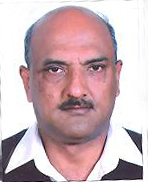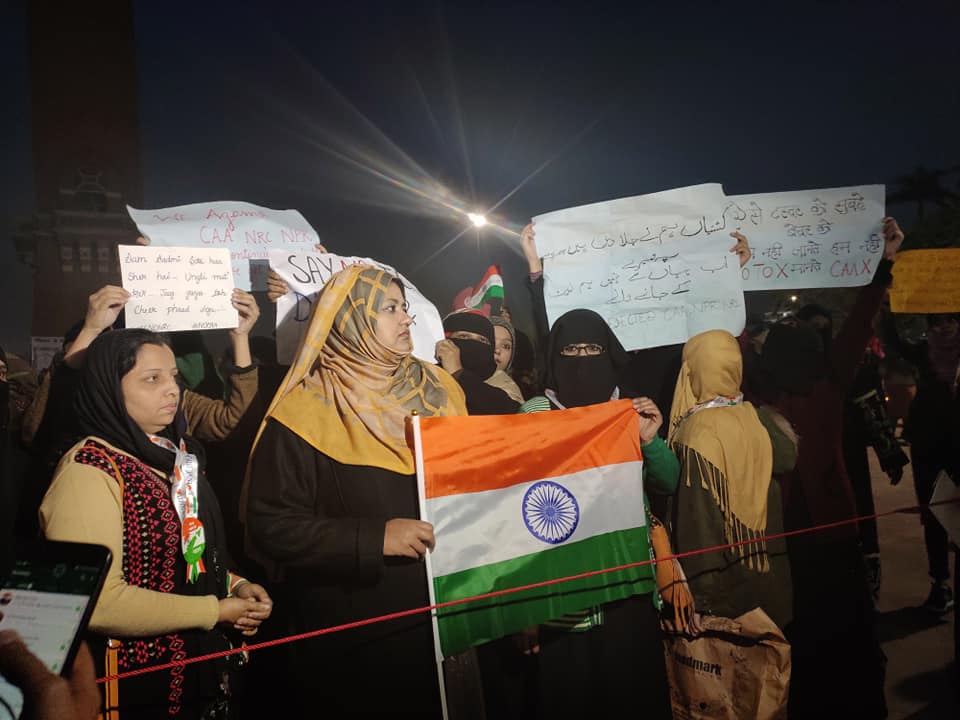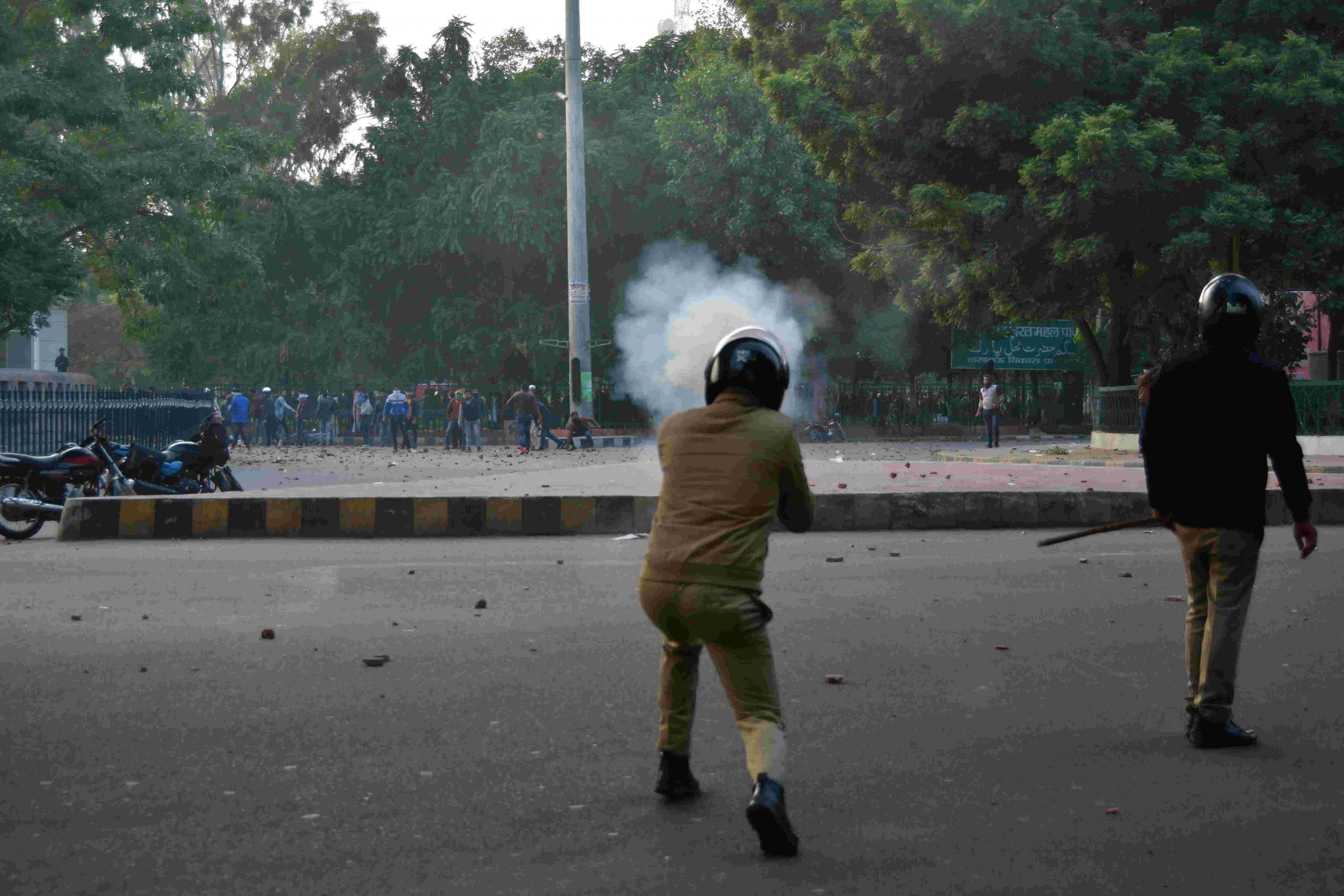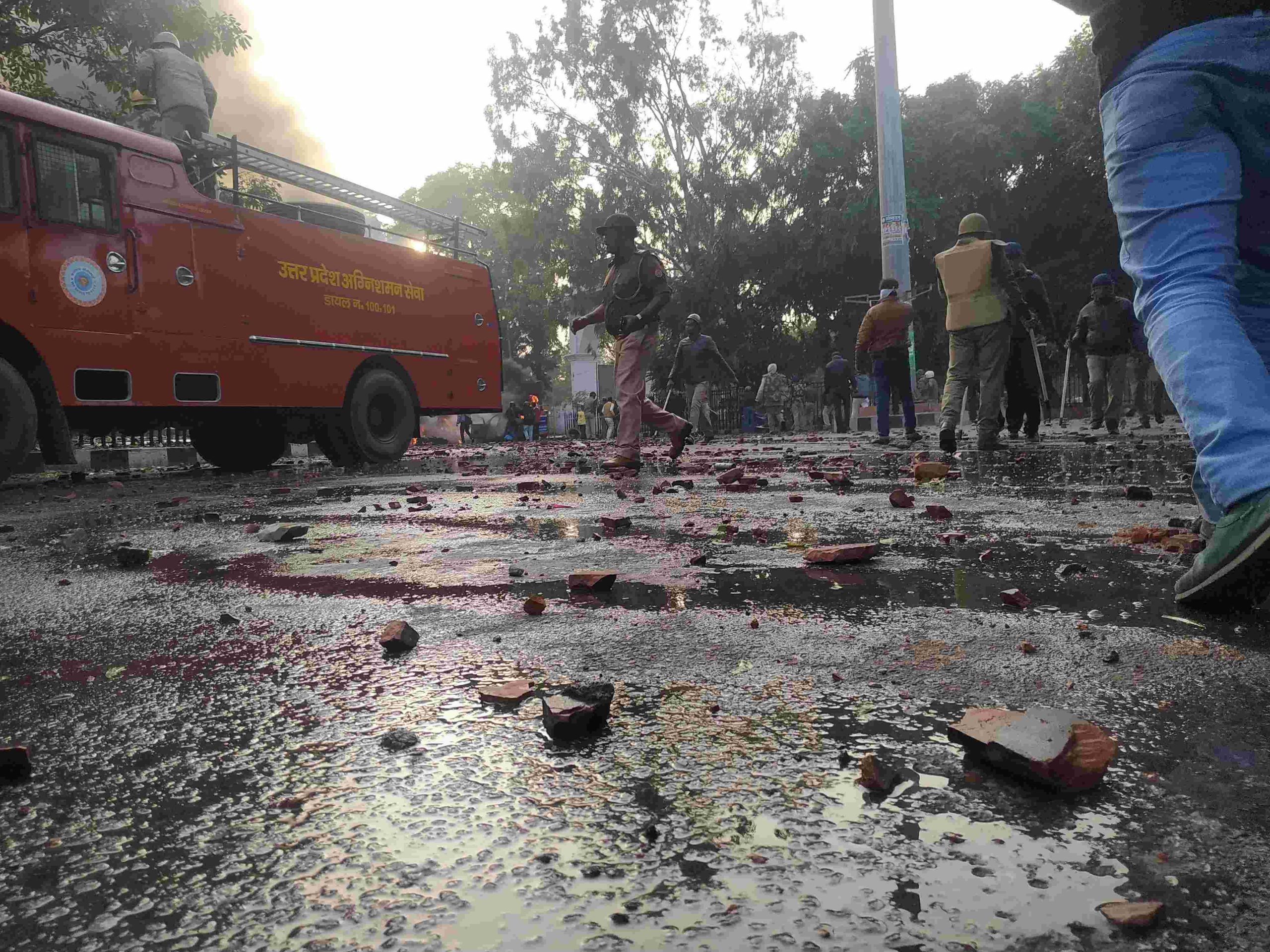Police show their ugly face in handling anti-CAA protests, need urgent reforms to earn public trust
The incidents of the past month indicate the police have forgotten that their most important task is to inculcate a sense of security amongst the population by maintaining law and order


The police in India have again failed the citizens of the country and shamed themselves with their conduct in the handling of the incident at JNU. They watched silently, while masked goons – most allegedly belonging to the ABVP, the student wing of BJP – went on a rampage inside the university and attacked students inside their hostels, causing grievous injuries to many. In fact, the videos viral on social media indicated that the police may actually have facilitated the goons’ escape after their deed was done.
Another video shows students confronting a senior police officer about the force’s inaction. His response was: “Court mein jaayen (go to the court)” and then, “Hamne to nahi mara (we didn’t beat anyone).”
Such a response from a senior police officer is nothing less than disgraceful. Is this what the police are meant for? Is their role confined to being passive bystanders and letting the rampaging goons run riot? Isn’t it their duty to intervene at the appropriate time and prevent lawlessness?
Contrary to their Nero-like behaviour at JNU, where they did not make any effort to prevent the violence happening within visible and hearing distance from them, the Delhi police had no compunction in promptly entering the Jamia Milia University campus during the initial days of the anti-CAA protest and attacking students with lathis and hurling teargas shells at them while they were studying peacefully in the library. The police displayed no qualms in entering girls’ hostel and lathi-charging them. Even students easing themselves in toilets were not spared.

The extent to which the police have compromised with the value systems and aligned themselves to the political ideology of the people and party in power was amply displayed during the CAA protests, especially in Uttar Pradesh, where they appear to have taken the exhortations of the chief minister for ‘badla’ from protesters literally and attacked minorities without remorse. Blatant partisanship and communal orientation of the police were on full display in several parts of Uttar Pradesh and also in Delhi in Seelampur and Jama Masjid area populated by minorities.
The common public, which even in normal times has no confidence in the police, was further given a glimpse of their ugly side during the widespread anti-CAA protests. The brutality with which many peaceful protests were handled in UP and Delhi is recorded for posterity in several viral videos. These are perfect examples of how the police should not behave.
These videos show the police destroying property without provocation, entering houses of minorities and destroying their household goods. As widely reported, the police have lodged FIRs against people as old as 96 years and even those who are already dead. Those who were not even on the scene of crime have been arrested for rioting and put behind bars. Many of them like Mr Darapuri, the retired IPS officer, and Sadaf Jafar, have been released on bail after courts passed severe strictures against the police for failing to produce any evidence against the arrested of their involvement in violence.
The incidents of the past month indicate that most police personnel appear to have forgotten that their most important task is to inculcate a sense of security amongst the population by ensuring law and order is properly maintained. The population no longer appears to be a priority for them. It appears the police care only for the wishes and do the bidding of their political masters. They forget that they, too, are a part of society.

The contempt displayed by the police towards the common public has begun to invite an equal amount of disdain from the public for the police as manifested in incidents like lawyers beating up policemen that led to a virtual revolt in the Delhi police. The killing of Inspector Subodh in UP in December 2018 and the subsequent idolising of the person accused of his murder has further reduced the respect for the police in the eyes of the common man.
A couple of years ago, a senior lady police officer, while speaking in a conclave of a regional daily, averred that the public still has confidence in the police as is evident from the fact that it approaches them whenever in trouble. She is right to some extent because the first reaction of any common person traumatised by circumstances would be to approach the authority of the government represented by the khaki, which is most commonly visible to them. But the experience consequent to the interaction in most cases discourages them from any future contact. Most people who approach the police for help do so in the hope of exploiting the nuisance value of the police by paying a cost in the form of bribes and, thus, avoid any harassment.
The moot question is why have things come to such a pass? Why has the image of the police in India taken such a hit? Why does the public not trust the police and is almost invariably afraid of approaching them for help?
The most important reason is the effete leadership of the police by the IPS officers — successor to the Imperial Police (IP), the colonial relic which was aimed at suppressing the native Indians to perpetuate British rule. During the colonial period, the IP consisted almost exclusively of British officers with few Indians being permitted towards the end of British rule. The IP and the police force commanded by them was raised to suppress the Indians and the same legacy has carried on. The only change after Independence is that the British leaders of the police have been replaced by Indians — the force even now continues to be governed by the archaic Police Act of 1861.
Most IPS officers are one-exam wonders with no aptitude for policing. These brown sahabs – with rare honourable exceptions — have no connect with the ground level policing functions nor does their training equip them with it. Unfortunately, police training has always remained a low priority. The fact that the government had to provide incentives to trainers for posting to academies is a reflection of that thinking process. Only a rare policeman wants a posting to a training institute unless he wants a home posting or wants to get away from a political master with whom he doesn’t have a good equation. This is because normal policing is always considered more lucrative for reasons widely known.

How bad the training is in police is apparent from the fact that these one-exam wonders fail to assimilate basic knowledge of professional subjects. It has been reported that in 2018, 119 out of 122 trainee IPS officers failed in most of the professional subjects, viz investigation, law, forensic science, etc, during their training. What kind of leaders would these IPS officers make to their subordinates? It was ironic that an officer who had failed in many subjects was awarded the gold medal! It is no surprise, therefore, that investigation and policing are botched up to the extent as was on display in the JNU incident of January 5, 2020.
I remember an IPS officer who worked in BSF proudly proclaiming that his job was to supervise, unlike that of a BSF officer and other junior police officers, as inherent in his first appointment as a ‘superintendent’ of police. But, pray how will you supervise unless you know the basic functions? Since they do not know the basics of investigation, they are unable to guide their subordinates resulting in an abysmal conviction rate. Official records indicate that the conviction rate of IPC has drastically dropped from 62.5% to about 45% currently.
Police leadership not only lacks professionalism, it also lacks the moral courage to stand up to the unjustified dictates of its political masters. Most police leaders are beholden to politicians because they curry personal favours from them and are thus unable to refuse unjustified demands.
Seeing their leaders thus compromised, the junior police officers, too, cosy up to politicians, all at the cost of deteriorating law and order situation. Cases of bribery for transfers and postings are rampant. The recent instance of the ‘cash for transfer’ scandal in the UP police is a case in point. Leaked reports suggest that several officers in the hierarchy and perhaps politicians, too, were involved. A person who has paid large sums as bribe will naturally be more interested in recovering his cost even if the law and order deteriorates. This incident also points towards factionalism prevalent in the leadership. It is said that the officers accused of involvement in the scandal are responsible for leaking a sex chat video of the officer investigating the scandal.
The police leadership keeps crying hoarse about police reforms, but it fails to initiate reforms within its own realm. What can perhaps stop them from reforming the training of police personnel to include the inculcation of soft skills so as to make it a part of muscle memory? It is the aggressive and insulting behaviour of the police that demeans the common public and makes them resentful of the force. What stops the police leadership from ensuring that the weapons and equipment are properly maintained? If they were to do a simple periodic check of these things, we won’t have a shameful spectacle like the one witnessed during the funeral of ex-chief minister of Bihar Jagganath Mishra, when all the 10 or 12 rifles that were to be fired as state honour, failed to fire, and police person wouldn’t have to shout “thain, thain” in trying to imitate the fire of a pistol during a live encounter.

The lack of emphasis on training in investigation and the reluctance to adopt modern techniques are responsible for low conviction rate. Police authorities keep shouting hoarse about lack of forensic laboratories, yet they do not invest in creating such facilities within their states. They are happy utilizing the police modernization funds for purchasing newer models of vehicles or computers. Creation of assets like proper accommodation for beat policemen or thanas doesn’t appear to be their priority.
The lack of modern investigation facilities, coupled with public pressure for quick results in cases of heinous crimes and extremely slow disposal by the judiciary, also leads the police to resort to acts like the killing of four rape accused in Telangana last month. A judicial enquiry ordered by Supreme Court will determine the actual circumstances under which those rape accused were killed. But, prima facie, all indicators point towards an extrajudicial killing. The glorification of the so-called encounter specialists is a reflection of the times we live in where the respect for constitutional norms and adherence to law is considered expendable since the judiciary is too slow in disposing of cases or too many accused get released due to the ‘benefit of doubt’.
A survey conducted recently by Common Cause and Lokniti – a centre for the study for developing societies for the ‘Status of Policing in India Report 2019’ reveals that every second police person thinks that Muslims are naturally prone to committing crimes. They also think that 53% of cases filed under the Scheduled Caste/ Scheduled Tribe (Prevention of Atrocities) Act are false. The orthodoxy prevalent in states like UP, Bihar, etc, makes this bias even more prominent, which manifests itself in such violent handling of often-peaceful anti-CAA protests in UP and in Delhi.
There is a lot wrong with our police and police leaders that needs to be urgently rectified. The police leadership must realize that the police is meant to provide a safe and secure environment for common people so that they can go about their tasks peacefully. They have to realize that the police are a “service” juxtaposed to “force”, which the British had created to control the “native Indians” as they derogatorily referred to us. A common policeman comes from within our society. A policeman’s training and grooming must ensure that he not only follows the rule of law but also represents the benign and impartial face of the authority of the government. That is the only way the police can win the respect of the society.
The government, too, needs to realize that it is the police leadership that is in urgent need of reforms, besides the reforms in policing systems and laws relating to the police that have been ordained by the Supreme Court of India.
Sanjiv Krishan Sood is a Retired Additional Director General of Border Security Force. Having put in over 38 years of meritorious service, he has served along all the borders of our country with Pakistan and Bangladesh
(Views are personal)

